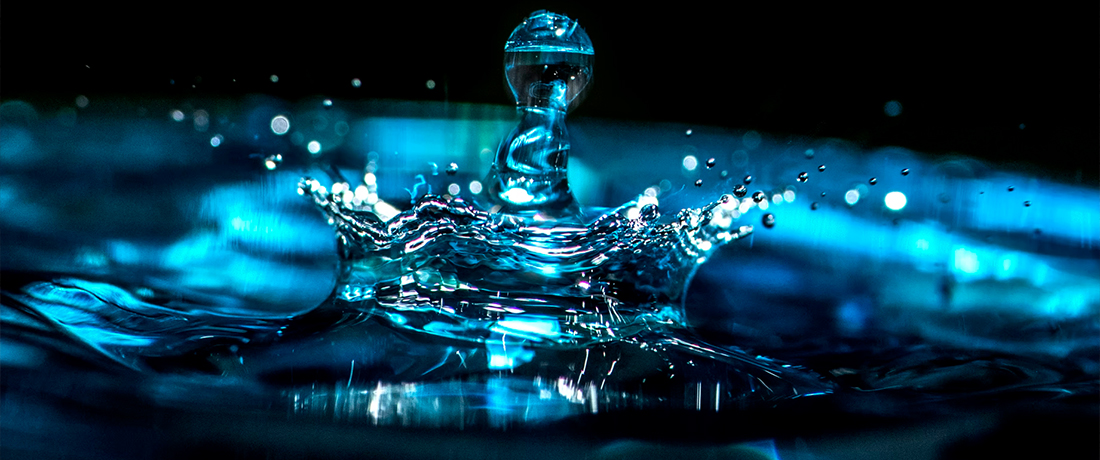
There are many materials now available which can help retain moisture in the soil longer or help water to rewet soil, which has become hydrophobic. These products help to save water and keep plants alive through periods of drought.
Why are these products useful?
Water is essential for plant growth, all plants need water (even Cacti). Water is lost from soil as plant roots take up the water, or as evaporation from the soil surface. During prolonged periods where water is lost and not replaced, soils can dry out and become hydrophobic (water repellent). This means that any water now applied to the soil will bead and run off the surface, rather than soak in to the soil. Even though the area is irrigated, the soil underneath the surface will remain dry and the roots of plants will not have access to water. This also applies to potting mixes that have dried out.
How do these products work?
Water saving materials fall into two main categories; those that soak up and store water, and those that allow water to penetrate into the soil.
Materials that soak up and store water, allow the roots access to water for longer between precipitation because they soak up more water than other components of soil. Organic matter has the ability to store more water than the mineral content of soil, and therefore soils with a higher humus content will retain moisture for longer. As the plants have access to water for longer, this may defer the plant wilting before the soil is re wet. Plants that are constantly allowed to wilt before watering will be significantly weaker, with a slower growth rate and less resistance to insect and disease attack.
Materials that allow water to penetrate the surface do so by breaking the surface tension of the soil. These types of materials are also known as surfactants. They allow the soil to be re wet easily and reduce run off, so that the water applied to the soil in one area does not end up at the bottom of the slope.
What are the products?
Water storing crystals or granules
These are small crystals or granules that swell up as they absorb a significant amount of water. As the crystals dry out they return to their original size. Only apply the granules at the rates recommended as their size when wet can be hundreds of times greater than when dry. If you put too many granules in a pot or garden bed, the expansion when wet can force the plants out of the soil!
Organic granules or fibre
These also store water, but less volume than the crystals. Eg. Rapid Soak, Saturaid, Palm Peat. Natural peat was traditionally used to retain moisture in soil and potting mix, but as it is a mined product and a fast disappearing resource, which takes a long time to replenish, we recommend alternatives.
Liquids
These break the surface tension allowing water to penetrate the soil surface. They are mild surfactants and as such should be applied at the rates indicated on the label. These will remain effective for approximately 6 months.
Because these products are a mild surfactant they can be harmful to worms, frogs, fish and other related organisms. Apply these products early in the morning or in the evening to avoid leaf scorch and do not mix with fertiliser or apply at the same time as fertilisers. Eg. Wettasoil.
More water saving advice
These products are not a substitute for soil improvement and mulching as a way of being more water efficient. They are most effective when used in conjunction with soil improvement, mulching and regular irrigation through dry periods. For example, mix water storing granules with potting mix, mulch the top of the pot, water early in the morning and group pots together, to keep pot plants healthy over summer.
